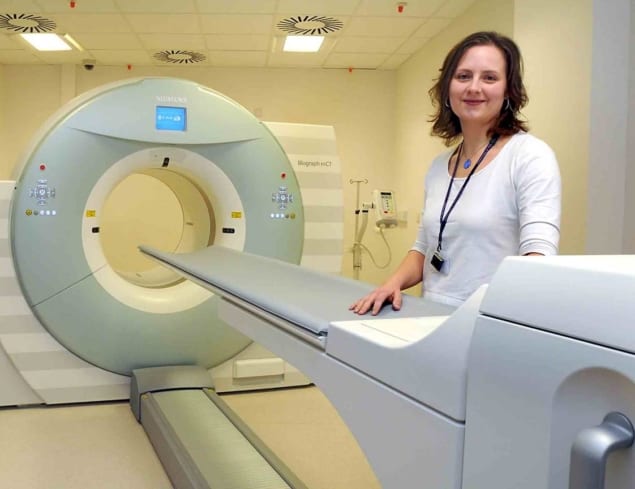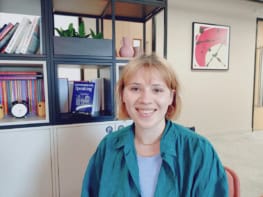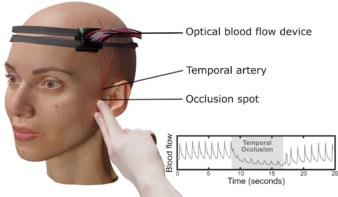Jude Dineley interviews Heather Williams, principal physicist in nuclear medicine at the Christie Hospital in Manchester. Williams is one of eight physicists profiled as part of a specially commissioned article on forging a career in medical physics.

Heather Williams was just 15 when her interest in nuclear medicine was sparked during a high-school physics class, learning how images of radioisotopes injected into patients could be used to diagnose diseases. “I was just fascinated at this idea of putting radioactive stuff inside people, which sounds like a pretty bad idea on the surface of things.” Today, she is a principal physicist at the Christie Hospital in Manchester, UK, a specialist cancer care and research centre.
In fact, nuclear medicine is a vital and safe set of techniques for diagnosing and treating a variety of diseases, including cancer. Williams’ work combines clinical duties with research and teaching, with a heavy focus on PET. “It’s a really nice mix for me.” Her qualifications include a master’s in medical physics and a PhD in PET imaging. She also completed the NHS training scheme and obtained state registration, allowing her to practice as a clinical scientist, a legally protected title.
Much of her clinical work revolves around image quality and radiation safety, as for a short time following injection, patients become walking radioactive sources. “We need to have diagnostic-quality images that we can pass on to the doctors, so they can make decisions about what’s going on inside the patient.” She has to be mindful of any factors that could degrade the images, and must often come up with solutions on the spot. During a scan, for instance, a patient might not be physically able to hold a particular position that gives the best quality images.
Williams finds her clinical duties especially rewarding as she knows she is directly helping the patient sitting in front of her. “I really like coming to work and thinking that I’m going to make a difference today.”



